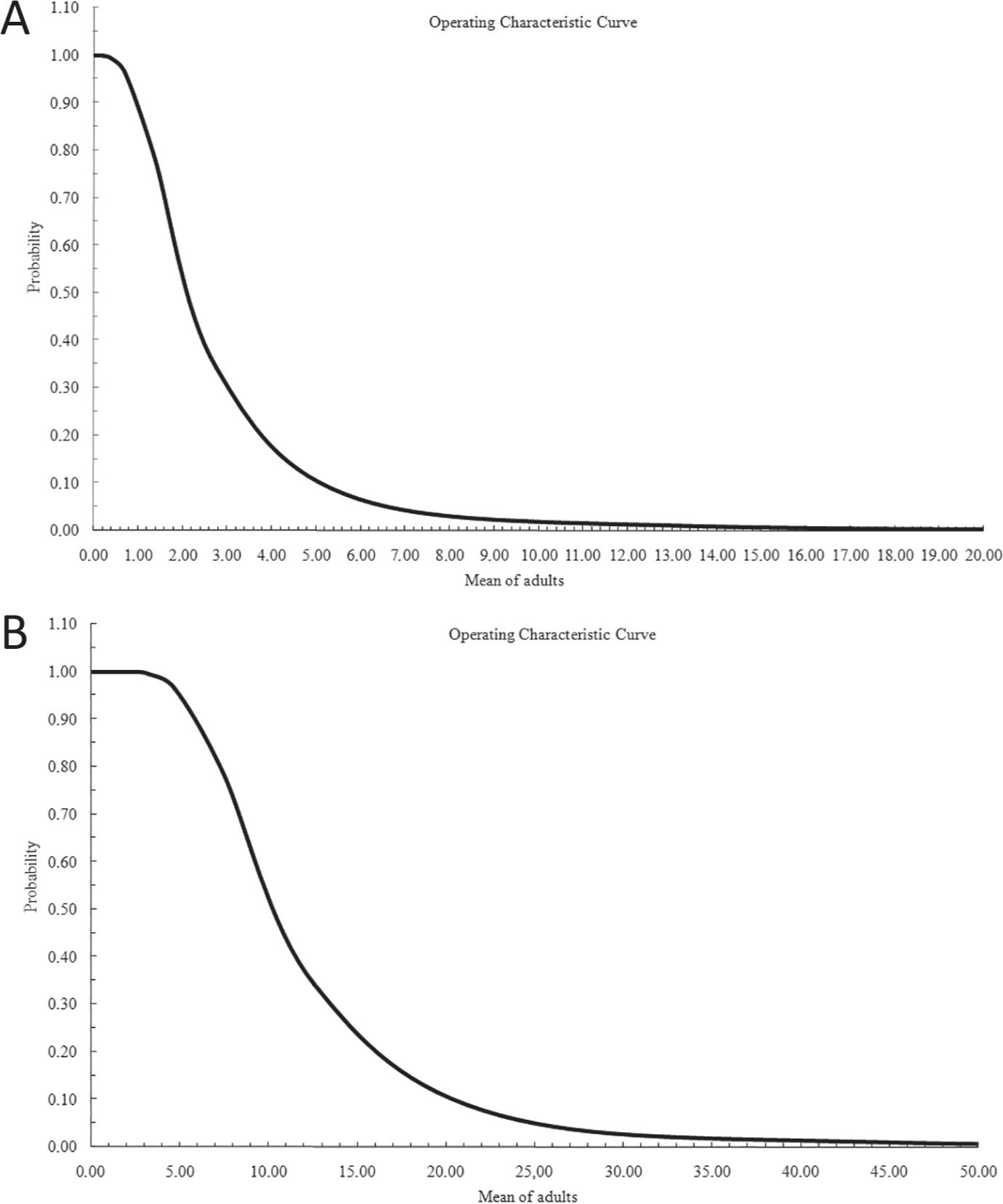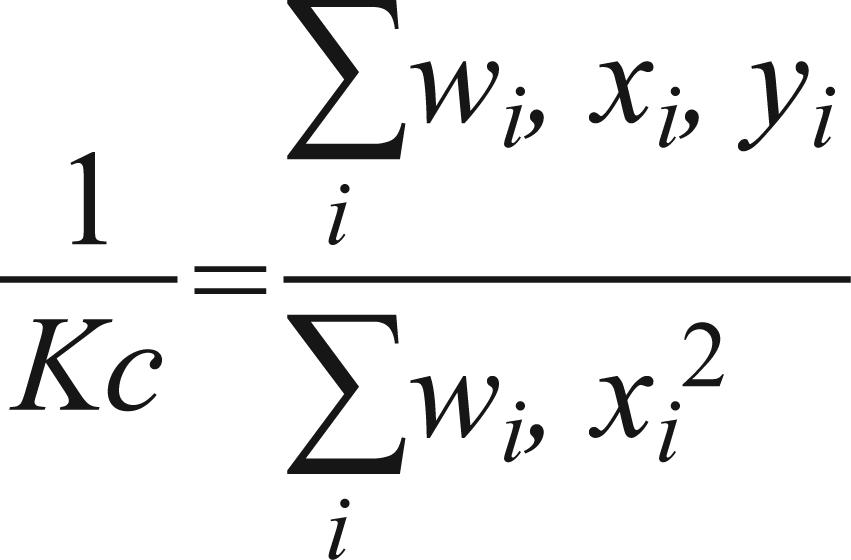Estimate efficiently of the whitefly population (Bemisia tuberculata Bondar) in cassava, to assist in decision making of pest control is one of the advantages of sequential sampling plans. Therefore, the objective of this study was to determine a sequential sampling plan according to two methods of pest management, using biological and/or chemical control. Samples were obtained in a commercial field of 2.500,00 m2, divided into 100 plots. The visualization method was used for sampling of the upper leaves by counting the number of adults. In total 15 samples were taken weekly from January to April 2012. The spatial distribution model which best fit to the behavior of B. tuberculata adults was the negative binomial distribution. Levels adapted for biological and chemical control were five and twenty adults per plant, respectively. Sampling plans resulted in two decisions for each proposed method. Thus, for population control the upper limit was defined as S1 = 4.2056 + 2.1540n (biological) and S1 = 20.219 + 10.4306n (chemical); and the lower limit where the pest control is not recommended was defined by S0 = -4.2056 + 2.1540n (biological) and S0 = -20.219 + 10.4306n (chemical). Sequential sampling estimated the maximum number of sample units necessary for decision-making of three samples with 1.34 adults for biological control and 3.85 sample units with 7.39 adult pests for chemical control.
Decision-making; level of damage; Manihot esculenta ; pest management; whitefly











